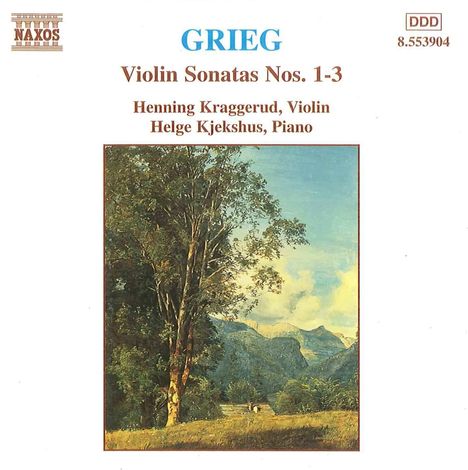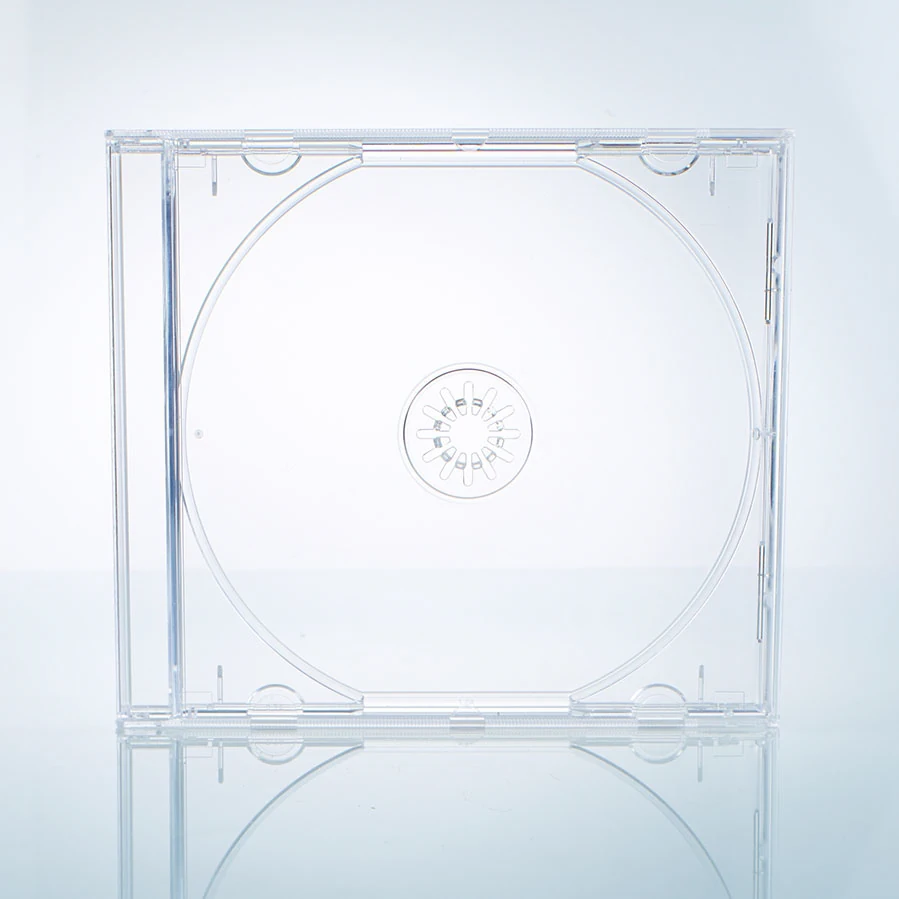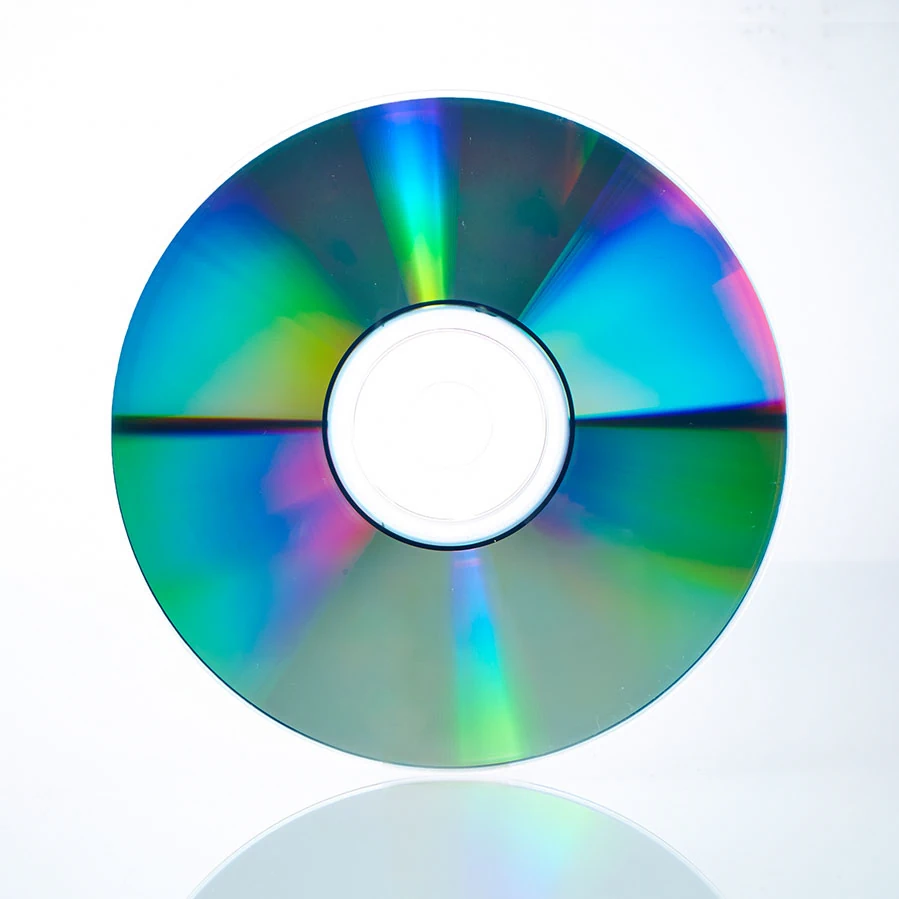Edvard Grieg: Sonaten f.Violine & Klavier Nr.1-3 auf CD
Sonaten f.Violine & Klavier Nr.1-3
Herkömmliche CD, die mit allen CD-Playern und Computerlaufwerken, aber auch mit den meisten SACD- oder Multiplayern abspielbar ist.
Lassen Sie sich über unseren eCourier benachrichtigen, falls das Produkt bestellt werden kann.
- Künstler:
- Henning Kraggerud, Helge Kjekshus
- Label:
- Naxos
- Aufnahmejahr ca.:
- 96
- UPC/EAN:
- 0730099490429
- Erscheinungstermin:
- 19.6.1997
Ähnliche Artikel
Die Violinsonate F-Dur, op. 8, entstand im Sommer 1865, während Grieg in Kopenhagen lebte, und zwar zeitgleich mit den Humoresken, op. 6. Im selben Jahr erschien die Sonate bei Peters in Leipzig, und im November wurde sie im Gewandhaus von dem schwedischen Geiger Anders Petterson mit Grieg selbst am Klavier uraufgeführt. Grieg beschrieb die Sonate als "einfach" und "ideenreich", und bis zu einem gewissen Grad hatte er Recht. Auffallend an dieser und den beiden späteren Sonaten ist jedoch, wie durch und durch "Grieg-artig" sie alle wirken, trotz erheblicher Unterschiede zwischen ihnen. Bemerkenswert ist auch, dass Grieg sich schon in dieser ersten Sonate gut an die Eigenschaften der Violine anpasst, obwohl er keine Erfahrung als Streicher hatte.
Es ist Anlass zum Nachdenken, dass Grieg sein höchstes Niveau in zyklischen Werken erreicht, in denen er musikalisches Material verwendet, das keine Beziehung oder Ähnlichkeit mit der instrumentalen Musiksprache der norwegischen Volksmusik hat. Klassische Formen wie die Sonate basieren auf dynamischen Entwicklungsprinzipien. Diese Formen gehören zu einer anderen Welt als die Welt der instrumentalen Volksmusik. Die Bemühungen, diese beiden Welten miteinander zu verbinden, mussten zu anderen Lösungen führen, als sie aus der Wiener Klassik überliefert sind. Griegs Synthesebemühungen, wie sie in der ersten und vor allem in der zweiten Violinsonate zum Ausdruck kommen, zeigen aber auch, dass Musik von großem Wert innerhalb traditioneller Grenzen geschaffen werden konnte, auch wenn Griegs Bemühungen vor allem die Notwendigkeit eines neuen und radikalen formalen Denkens in Bezug auf das aus der Volksmusik stammende Quellenmaterial zeigen.
Product Information
The Violin Sonata in F major, Op. 8, was composed in the summer of 1865 while Grieg was living in Copenhagen, and at the same time as the Humoresques, Op. 6. In the same year, the sonata was published by Peters in Leipzig, and in November it was performed for the first time in the Gewandhaus by the Swedish violinist Anders Petterson with Grieg himself at the piano. Grieg described the sonata as "simple" and "rich in ideas", and to a certain extent he was correct. However, what is striking about this and the two later sonatas, is how thoroughly "Grieg-ish" they all seem, despite considerable differences between them. It is also worth noting that, even in this first sonata, Grieg adapts well to the features of the violin, even though he had no experience as a string player.
It is cause for reflection that Grieg reaches his highest level in cyclic works where he uses musical material with no relationship or likeness to the instrumental musical language of Norwegian folk-music. Classic forms like the sonata are based on dynamic principles of development. These forms belong to a different world from the world of instrumental folk-music. The efforts of combining these two worlds had to result in different solutions from those which were passed on from Viennese classicism. But Grieg's efforts at synthesis as expressed in the first and especially in the second violin sonata, also demonstrate that music of great value could be created within traditional limits, even though Grieg's efforts above all show the need for new and radical formal thinking as regards source material originating from folk-music.
Disk 1 von 1 (CD)
-
1 Violin Sonata No. 1 in F major, Op. 8: I. Allegro con brio
-
2 Violin Sonata No. 1 in F major, Op. 8: II. Allegretto quasi andantino
-
3 Violin Sonata No. 1 In F Major, Op. 8: Iii. Allegro Molto Vivace
-
4 Violin Sonata No. 2 in G major, Op. 13: I. Lento doloroso: Allegro vivace
-
5 Violin Sonata No. 2 in G major, Op. 13: II. Allegretto tranquillo
-
6 Violin Sonata No. 2 In G Major, Op. 13: Iii. Allegro Animato
-
7 Violin Sonata No. 3 in C minor, Op. 45: I. Allegro molto ed appassionato
-
8 Violin Sonata No. 3 in C minor, Op. 45: II. Allegretto espressivo alla Romanza
-
9 Violin Sonata No. 3 In C Minor, Op. 45: Iii. Allegro Animato
Mehr von Edvard Grieg
-
Edvard GriegStreichquartette Nr.1 & 2CDAktueller Preis: EUR 7,99
-
Edvard GriegPeer Gynt-Suiten Nr.1 & 2CDVorheriger Preis EUR 8,99, reduziert um 0%Aktueller Preis: EUR 7,99
-
Edvard GriegSämtliche Orchesterwerke8 CDsAktueller Preis: EUR 46,99
-
Edvard GriegPeer Gynt-Suite für Hardanger Fiddle,Violine,Streichorchester (arrangiert von Tormod Tvete Vik)CDAktueller Preis: EUR 19,99











